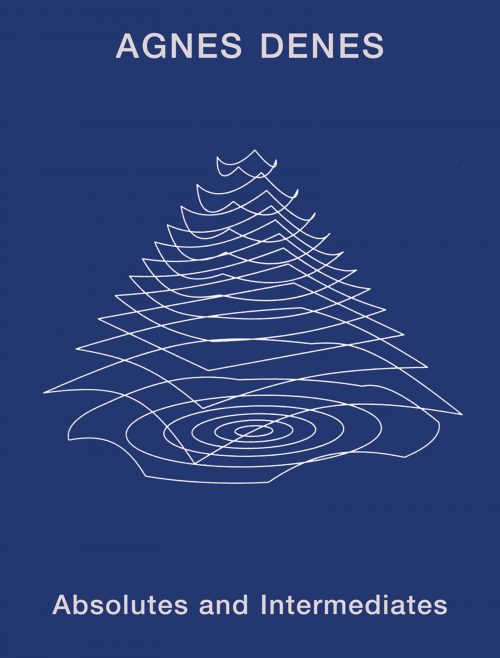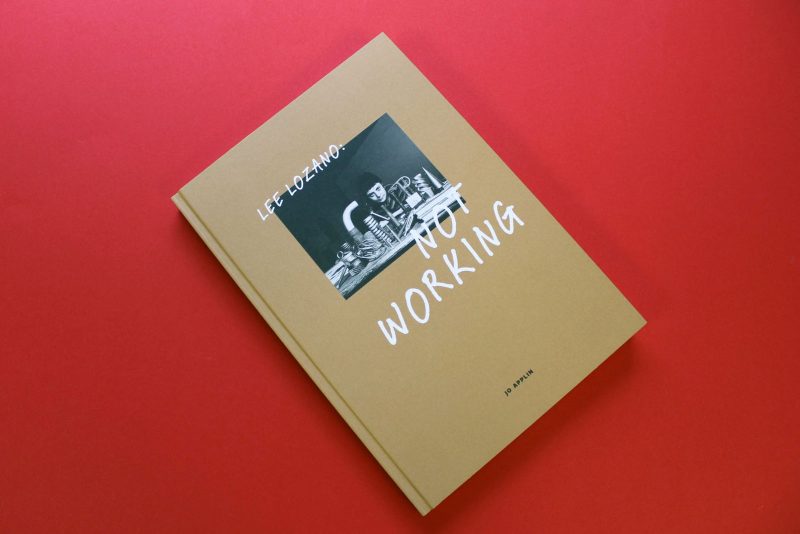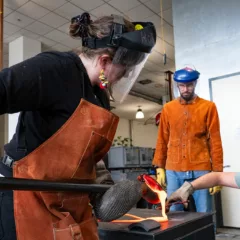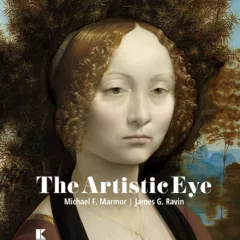Enderby, Emma ed., “Agnes Denes; Absolutes and Intermediaries” (The Shed: New York, 2019) ISBN 978 -1 -7324947- 0 – 1

Agnes Denes has been a major contributor to the art of her times yet severely under-acknowledged. If she is known at all it is usually for “Wheatfield – A Confrontation” (1982), in which she planted and tended wheat on two acres of landfill below the World Trade Center. The breadth of her research-based work is vast; she has studied philosophy, mathematics, logic, linguistics, ecology, urban planning, literature and more – in an attempt to propose a way forward for humankind. Her resulting work is neither pedantic nor polemical. In fact it is always beautiful and occasionally humorous. She has produced exquisite drawings, photographic prints, sculpture, installations, books and many proposals, occasionally realized, for large landscapes. She was among the first artists to address ecological concerns but she has never fit easily into art world categories.
This very handsome volume which accompanied an exhibition at The Shed is an overview of her work and thought. It opens with Denes’ manifesto of 1969 which begins: “working with a paradox/ defining the elusive/ visualizing the invisible/ communicating the incommunicable/ not accepting the limitations society has accepted/ seeing in new ways/…” and includes an interview with the artist, essays by nine scholars and curators, recollections from nine colleagues about working with Denes, numerous writings by the artist, a biography and bibliography. The illustrations are numerous and largely in color, although it is almost impossible to convey the delicacy and precision of her large drawings. It is a fitting place to start in appreciating an artist who has taken the entire world into her compass.
Buy the book on Bookshop.org to benefit indie bookstores during COVID-19!
Jo Applin “Lee Lozano; Not Working” (Yale University Press, New Haven and London: 2019) ISBN 978-0-300-22327-9
Yale University Press; Barnes and Noble

This first serious monograph on Lee Lozano locates her within the downtown New York art world of the 1960s and the beginnings of second-wave feminism, which the artist explicitly rejected. It is a well-researched and particularly clearly-written account of an artist whose career has puzzled almost everyone who has attempted to understand it.
Lozano was a painter and conceptualist who worked, exhibited, socialized, and participated in activities within New York’s developing art community where she was friends with Hollis Frampton, Carl Andre, and Dan Graham, among many others. She was the major woman among the 1960s conceptual artists, included in important group exhibitions in New York and elsewhere. Solo exhibitions of her work were organized by the Whitney Museum of American Art and several international venues.
In 1970 Lozano left New York and withdrew from making or exhibiting art and keeping up with anyone she had known within the art world; she essentially disappeared. She described this as “Dropout Piece.” It was the final in a series of conceptual artworks structured by actions which Lozano would perform. They included a variety of activities within the artist’s everyday life: masturbation, taking or abstaining from drugs, conducting conversations with her peers, abstaining from art world activities such as attending openings, visiting museums and galleries or engaging with other artists, and refusing to speak with other women.
Her intentional refusal to talk to other women has remained an obstacle to scholars sympathetic to feminism. Applin explores Lozano’s rejection of feminism which was common to several significant artists of her generation, and her distancing and withdrawal as shared by Agnes Martin and Jo Baer – although they both eventually re-engaged with the art community. She wisely declines to speculate on Lozano’s mental health, despite mental illness being a plausible explanation for the artist’s final several pieces.
Lozano kept extensive notebooks, from which Appelin quotes. She was clearly uncertain about her place within the art community, the reception of her work and her agency as an artist in relation to society. Appelin examines Lozano’s writing and works in relationship to activities by other artists such as Agnes Denes and Adrian Piper and to ideas circulating through the writings of Roland Barthes, Doris Lessing, and R.D.Laing. She ultimately suggests that Lozano’s focus on subjectivity, sexuality and social relations was parallel to many concerns of the second wave feminists.









